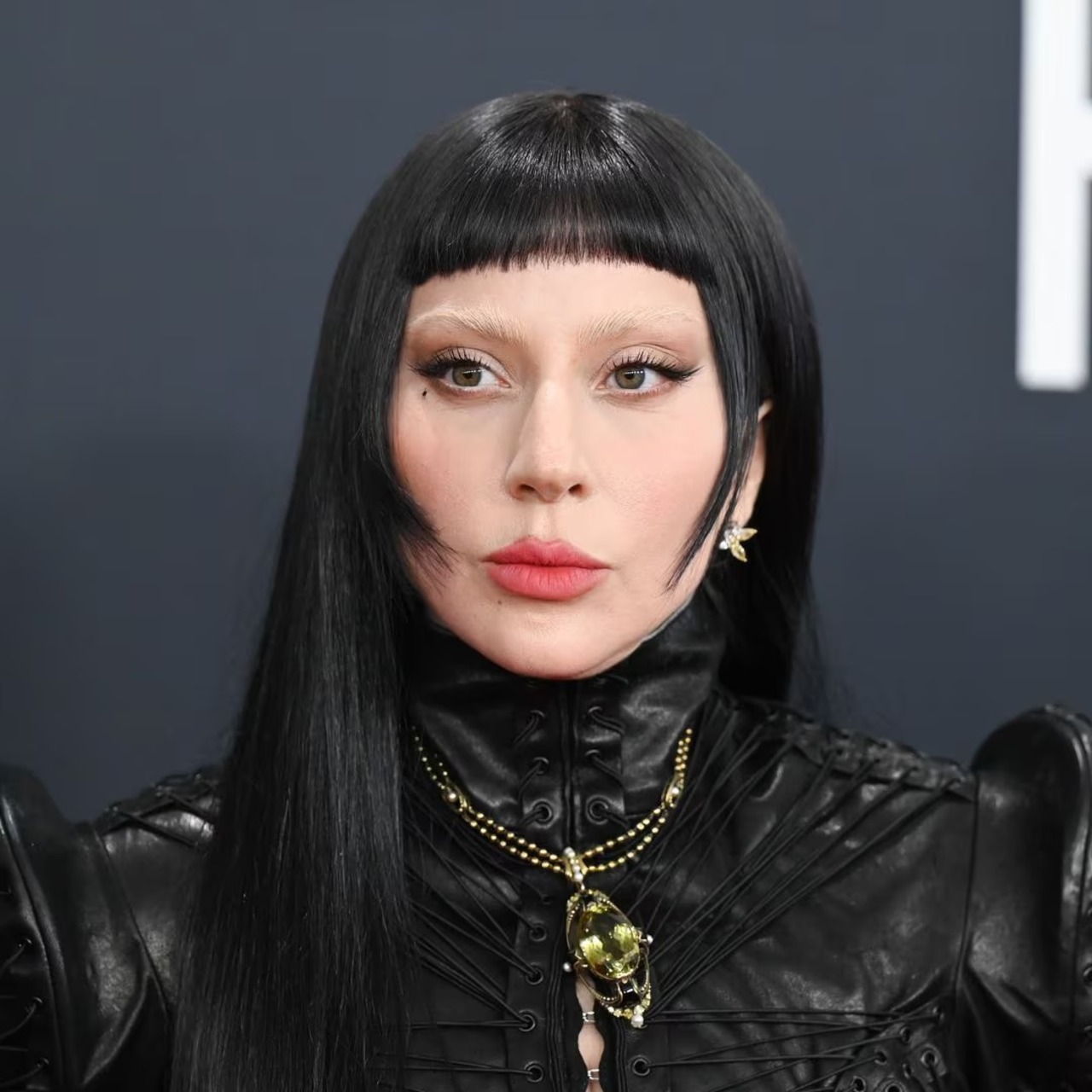
This is How the Protein That COVID-19 Uses to Infect the Cells Sounds
Some things we understand best through music. This is the idea that led an MIT professor to represent through sounds the protein with which COVID-19 infects…
Think of an ordinary song. Unless your choice is very strange or a song from before the 12th century, chances are that the music you are thinking of has several kinds of musical instruments and different melodies that relate to each other: sometimes they respond to one another, sometimes they go together, sometimes they go in completely different directions. Most likely, there are also variations in other sound characteristics, such as volume.
According to MIT professor Markus J. Buehler, these same characteristics of sounds (which we perceive as music) can be used to understand proteins, the columns of which life is made, and he applied his proposal to spike proteins: those that coat the coronavirus and give it its characteristic shape.
These spikes are the ones the virus uses to invade new cells and, consequently, understanding them is fundamental to advance in the development of a vaccine or treatment.
The idea that understanding the biology of COVID-19 is indispensable to the successful development of a vaccine or treatment is something we all take for granted. But how a piece of music can help us advance in this is not obvious.
Proteins are made of blocks of amino acids that are related to each other with different hierarchies and lengths. Depending on how complex those relationships are, they can be primary, secondary, tertiary or even quaternary. Put this way it sounds very simple, but to be able to represent these structures and analyze them is very complex. In fact, the representations we are used to seeing look more like soups of colored noodles than anything else.
RELATED CONTENT
The spike proteins are made to adapt to the cell that the virus seeks to invade and when it succeeds, it infects it and begins to use that cell to reproduce itself. So, understanding the structure of both the protein and the infected cell and the antibodies is essential to find out how to prevent the virus from fooling the cell and entering it.
If one tries to imagine the task of looking in those colourful and tangled noodle pictures at how the virus and the host cell or the virus and the antibody match, one is faced with the most absurd and frustrating of nightmares.
In contrast, while visual representations can be confusing and overwhelming, our brain has an enormous capacity to analyze very complex sound structures and even to remember and compare them. Anyone who has ever had a song stuck in their head, or who has remembered another tune when hearing one, can attest to this.
Using artificial intelligence, Professor Buehler assigned a sound to each amino acid of the COVID-19 spike protein and the result is a hypnotic and relaxing piece of music. And this, while it may surprise us at first, is not odd. Eventually, it is through a kind of familiarity that the virus tricks the cell, infects it and then uses its structures to reproduce.
"As you listen, you will be surprised by the pleasant, even relaxing, tone of the music. But it tricks our ear in the same way that the virus tricks our cells. It's an invader disguised as a friendly visitor. Through the music, we can see the spike of SARS-CoV-2 from a new angle, and appreciate the urgent need to learn the language of proteins," the professor said in an interview with MIT News.











LEAVE A COMMENT: